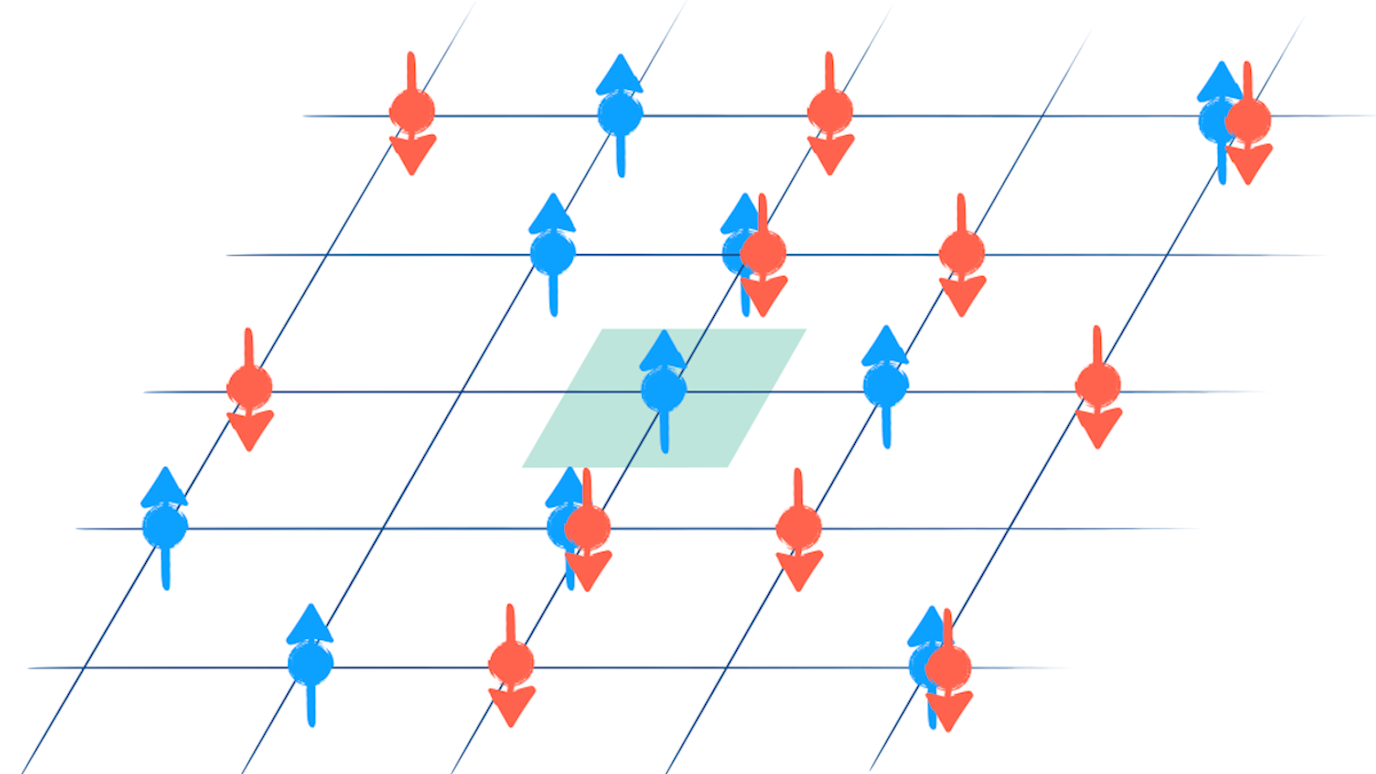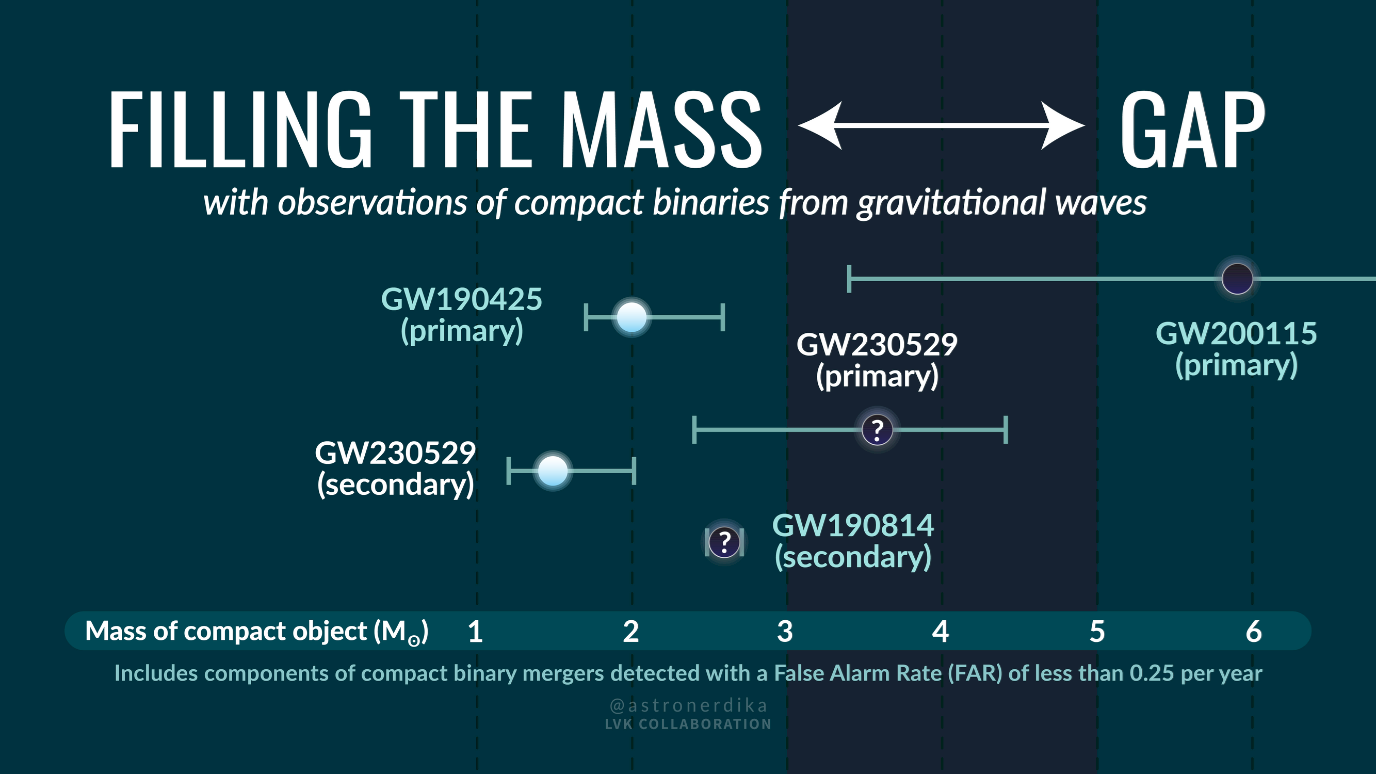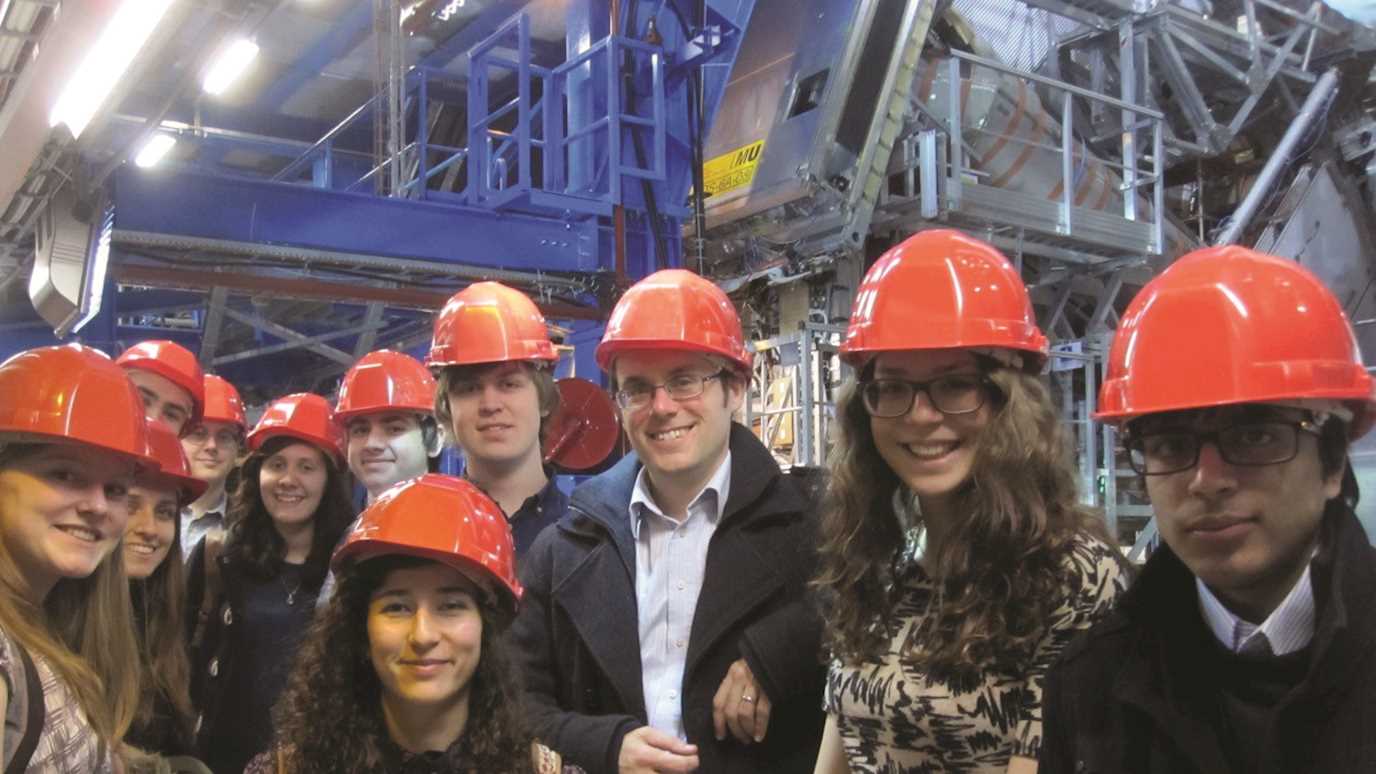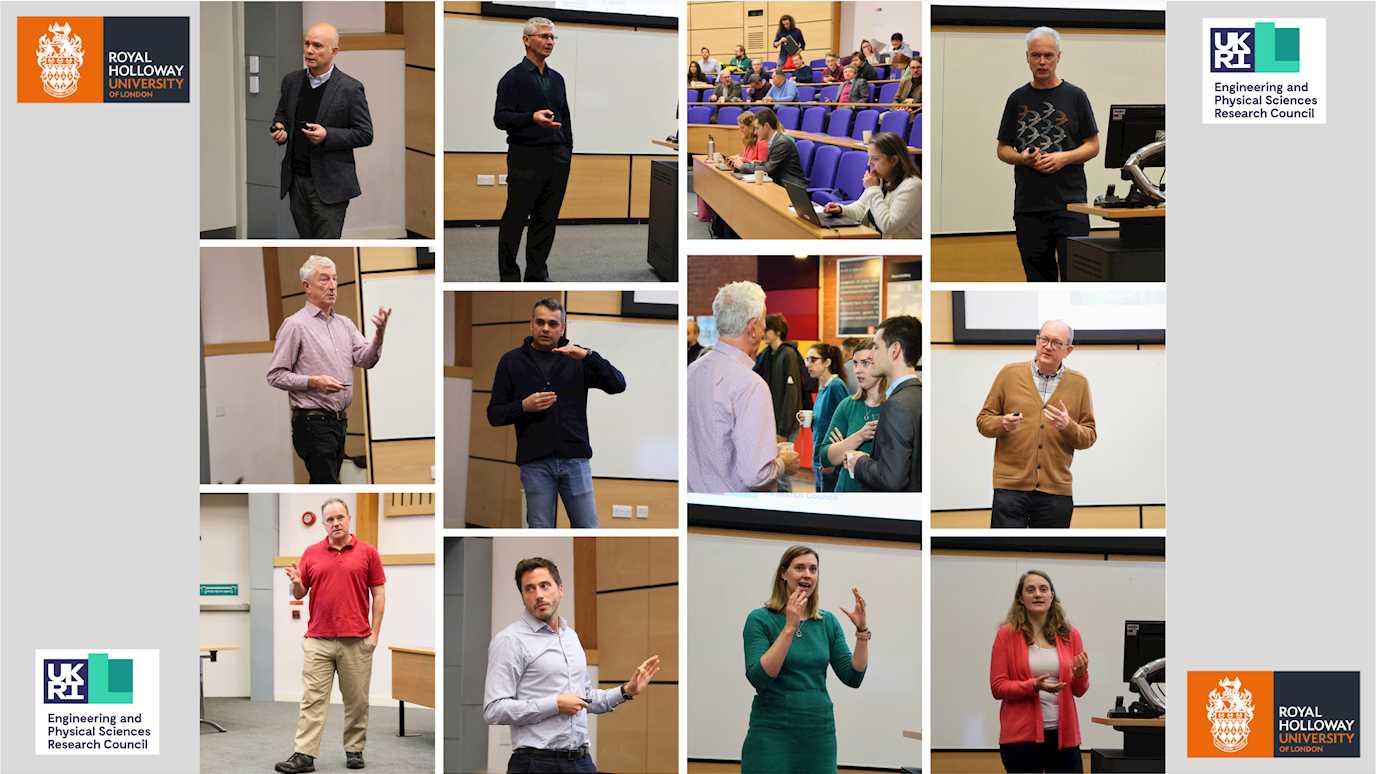Theoretical physicists reveal sharp entanglement variations at a phase transition in correlated quantum matter

Quantum information tools can provide a deeper understanding of phase transitions in interacting quantum systems. This is because they can pinpoint the role of purely quantum non-local correlations - entanglement - at these transitions.
In an article published on 5 November in PRX Quantum, a team of theoretical physicists at Royal Holloway and at the University of Sherbrooke in Canada have uncovered the role of entanglement associated with a central phase transition in quantum matter, where electrons change from being localised due to electron-electron repulsion to being delocalised.
Royal Holloway PhD student Caitlin Walsh, the first author of the article, concludes: “our work shows that this transition is imprinted in the entanglement properties. This transition can be emulated with ultracold atom experiments, one of the few experimental platforms where entanglement has been recently measured. Our work provides a coherent theoretical description behind experimental observations and new predictions.”
The research was led by Dr. Giovanni Sordi, senior lecturer at Royal Holloway, and Professor André-Marie Tremblay at the University of Sherbrooke. The team found that key measures of entanglement, some of which were suggested by the late Professor and Quantum Information expert David Poulin, detect the consequences of this transition through surprising entanglement variations from the low temperature quantum regime up to high temperatures. This reveals a rich interplay of quantum and classical correlations.
Their research considers the simplest mathematical description of interacting electrons on a lattice in two dimensions, where electrons quantum tunnel between atoms and repel each other while on the same atom. The statement of the model is simple, but its full theoretical solutions remain elusive to researchers. Numerical simulations with a state-of-the-art program written by Dr. Patrick Sémon, show that the model has an intriguing transition upon varying the electron density on the lattice.
The results of their work indicate that sharp variations of entanglement properties -and not ordered phases- could in fact be the key to understanding the hidden transformation from the so-called pseudogap to metal in high-temperature cuprate superconductors.
Article: C. Walsh, P. Sémon, D. Poulin, G. Sordi, A.-M. S. Tremblay, Entanglement and Classical Correlations at the Doping-Driven Mott Transition in the Two-Dimensional Hubbard Model, PRX Quantum, 1, 020310 (2020).
























